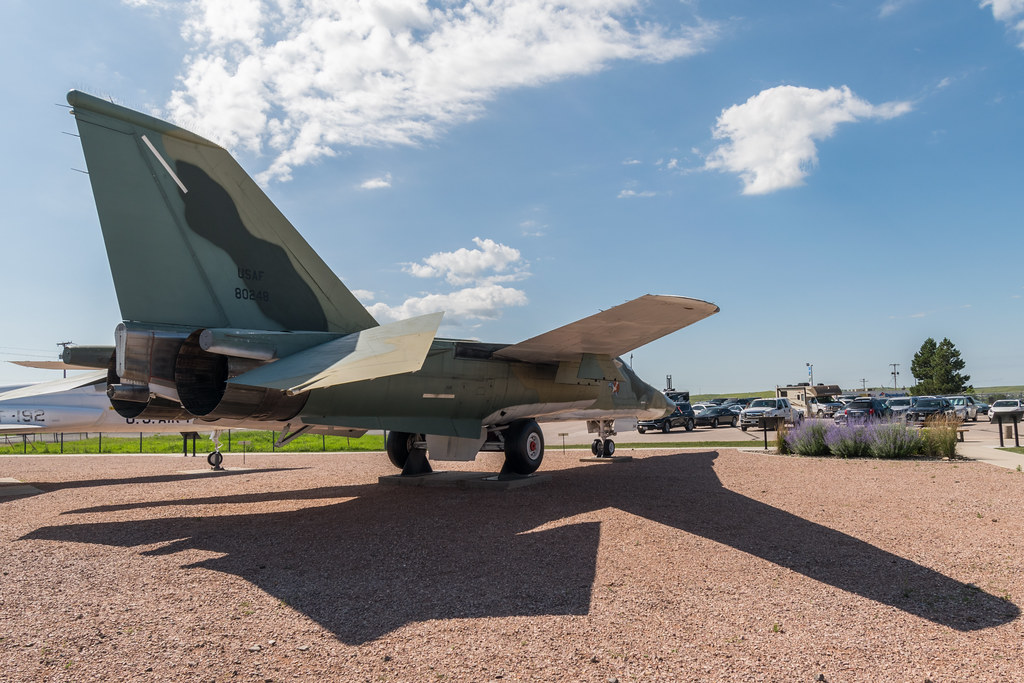
The F-111 Aardvark, conceived during the pulse of the Cold War, is a testament to American ingenuity and adaptability in aerial warfare.
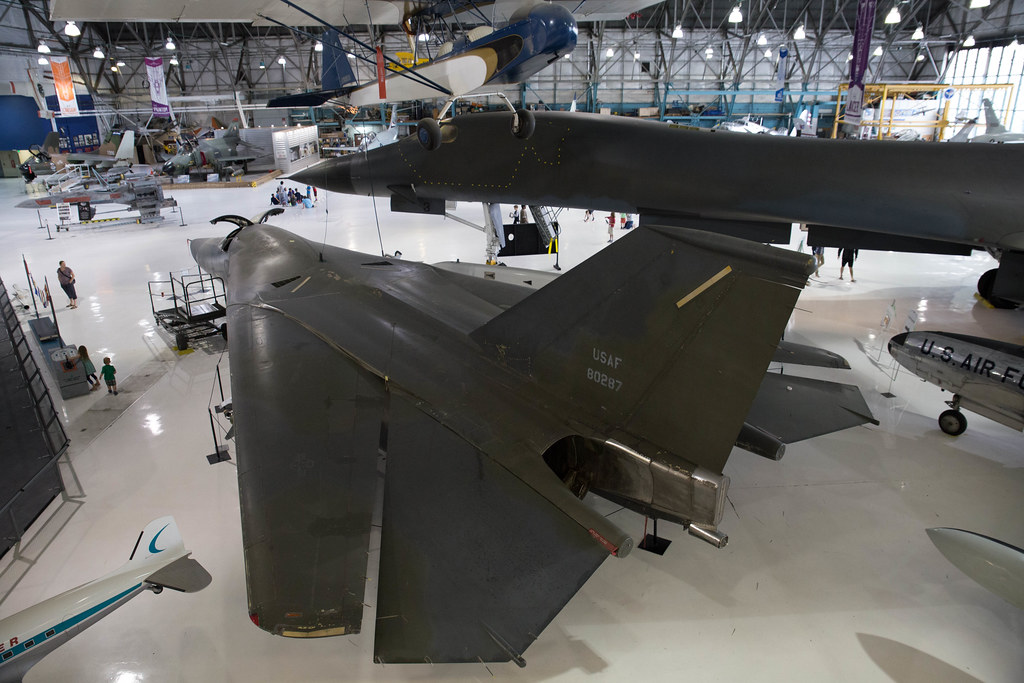
As the first production aircraft to feature variable-sweep wings, the Aardvark not only introduced technological advancements that became standard in modern fighters but also served as a critical asset in the U.S. Air Force’s arsenal for nearly three decades, before its final flight in 2010 with the Royal Australian Air Force.
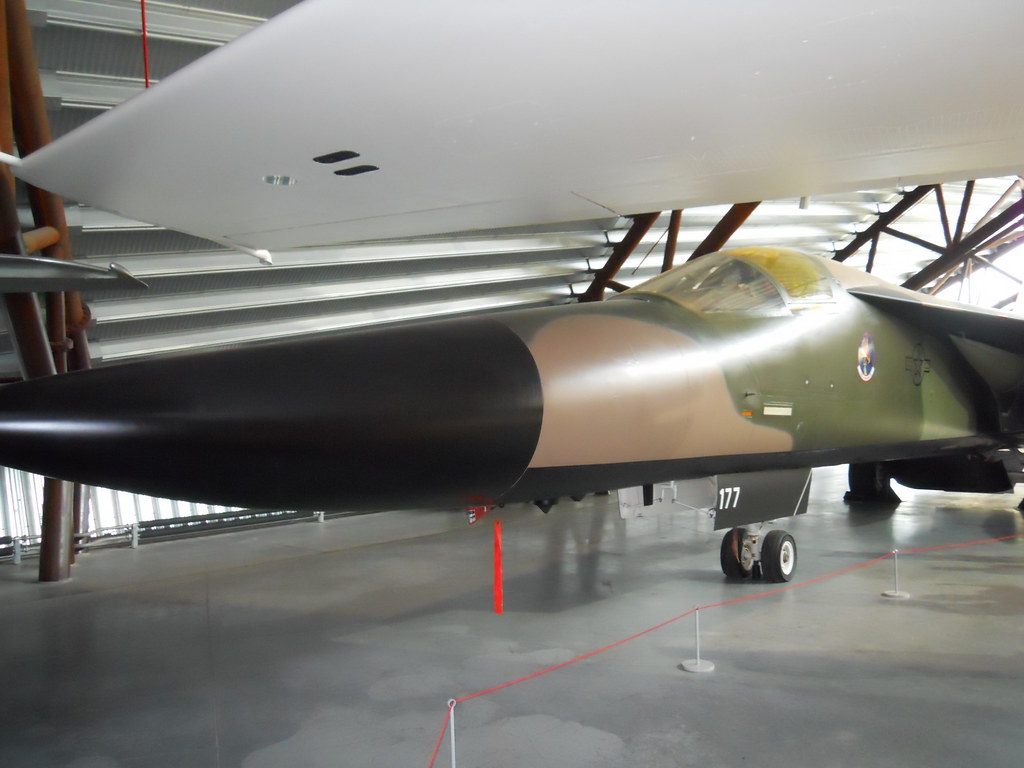
Dubbed the “Aardvark” for its unique, long nose and ground-skimming flight capabilities akin to its namesake animal, this warplane represented a radical departure from traditional aircraft designs of its time.

With its maiden flight in 1964, the F-111 was a harbinger of technological breakthroughs, boasting afterburners on turbofan engines, terrain-following radar, and an escape capsule that could eject a two-person crew in the event of an emergency.
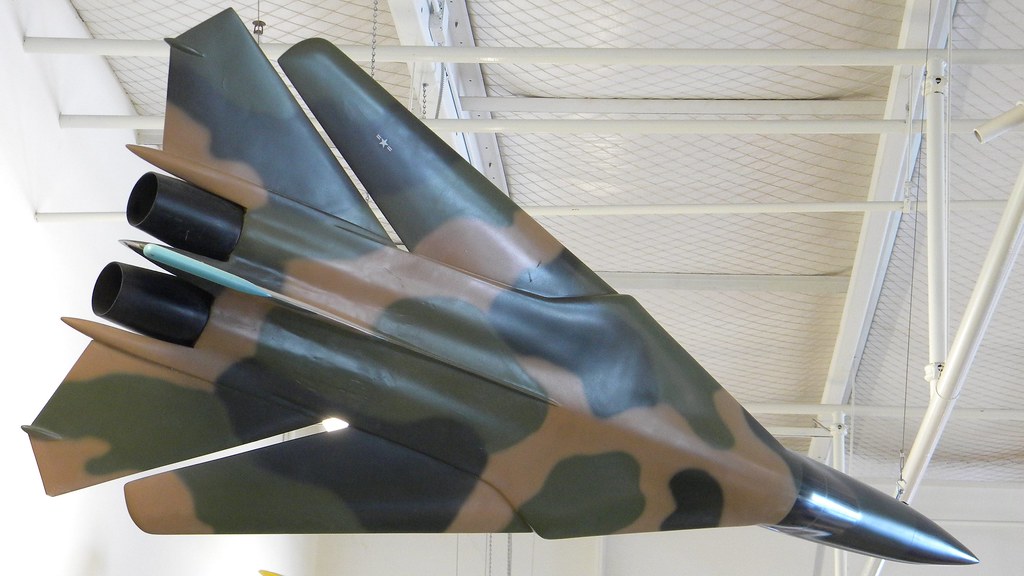
Interestingly, the F-111 was originally intended to fulfill roles for both the United States Air Force and the United States Navy.

However, after the Navy dropped out, the F-111 was repurposed for deep, penetrating strikes into enemy territoryn and strategic bombing missions—roles it would come to dominate.
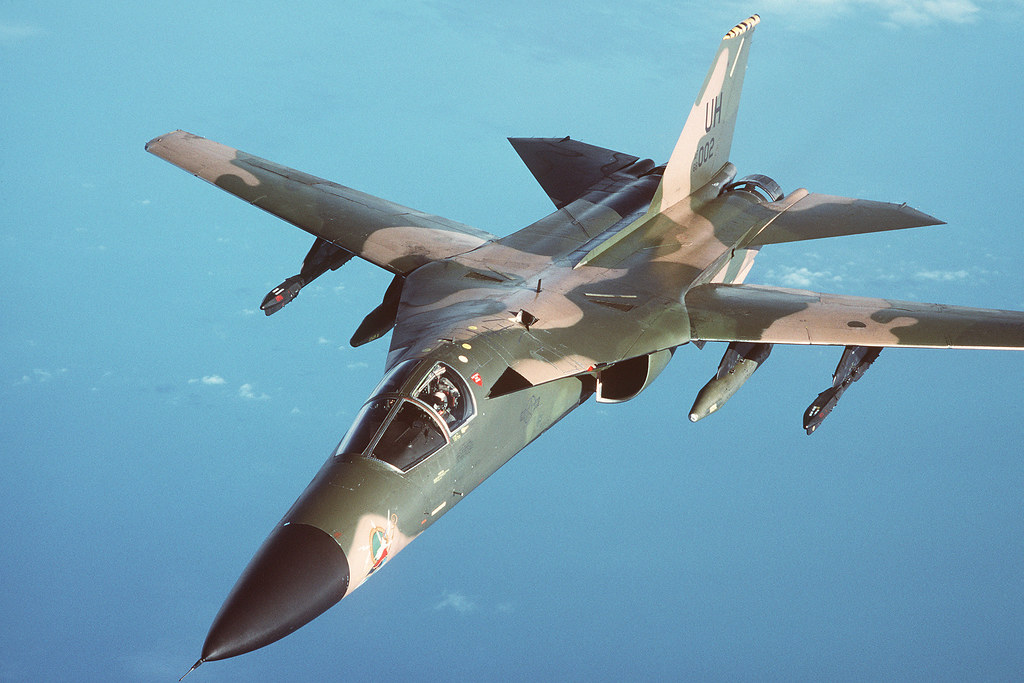
Despite its eventual prowess, the F-111’s combat debut in Vietnam was marred by a fatal design flaw in the horizontal stabilizer, leading to the tragic loss of aircraft and a temporary withdrawal from combat.

This setback did not spell the end for the Aardvark; rather, it heralded a period of refinement and improvement that would see the aircraft return to service with a vengeance.
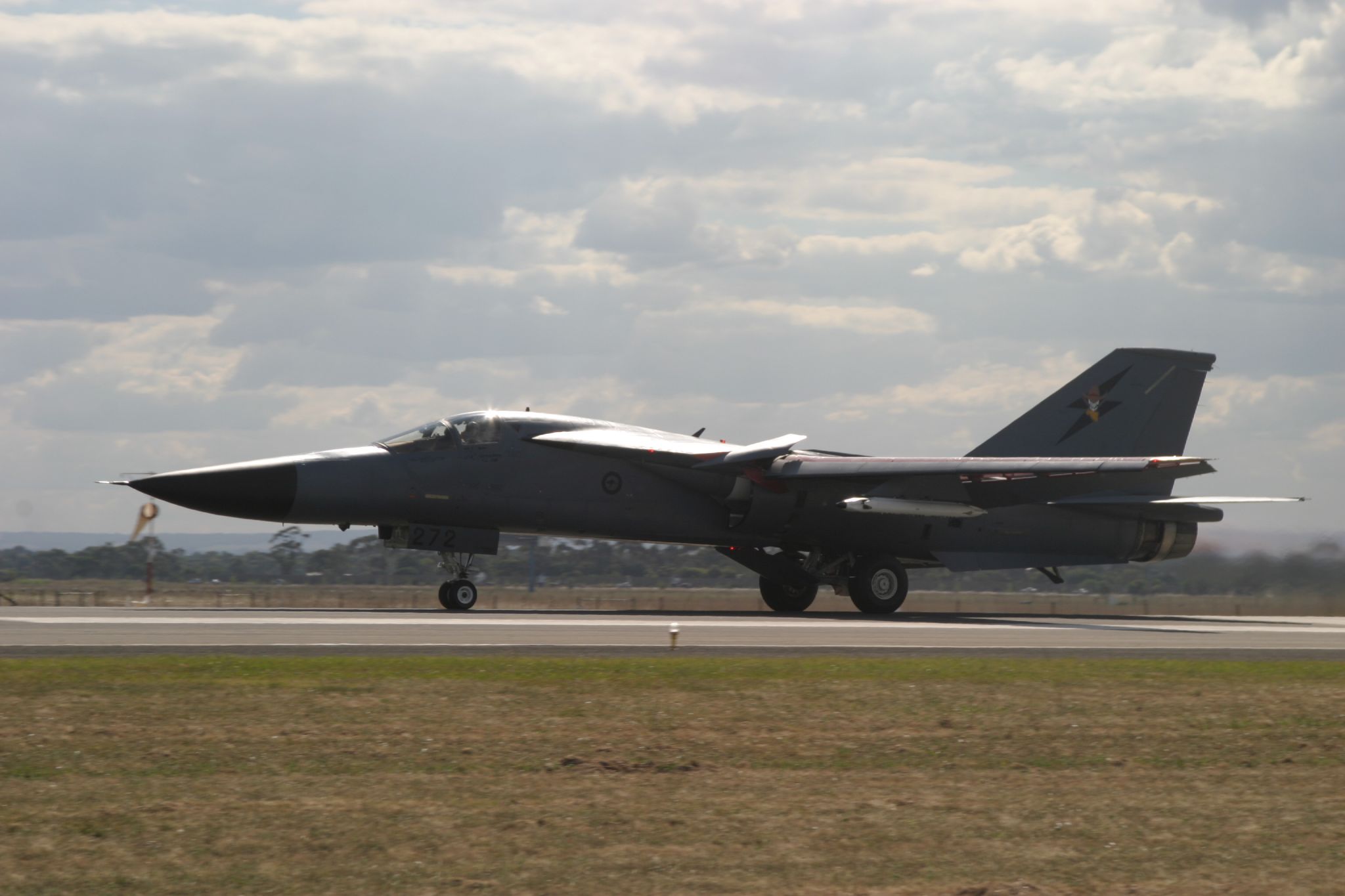
By the time of Operation Linebacker in 1972, the Aardvark had redeemed itself, delivering precise ordnance and earning the ominous nickname “Whispering Death” from the North Vietnamese.
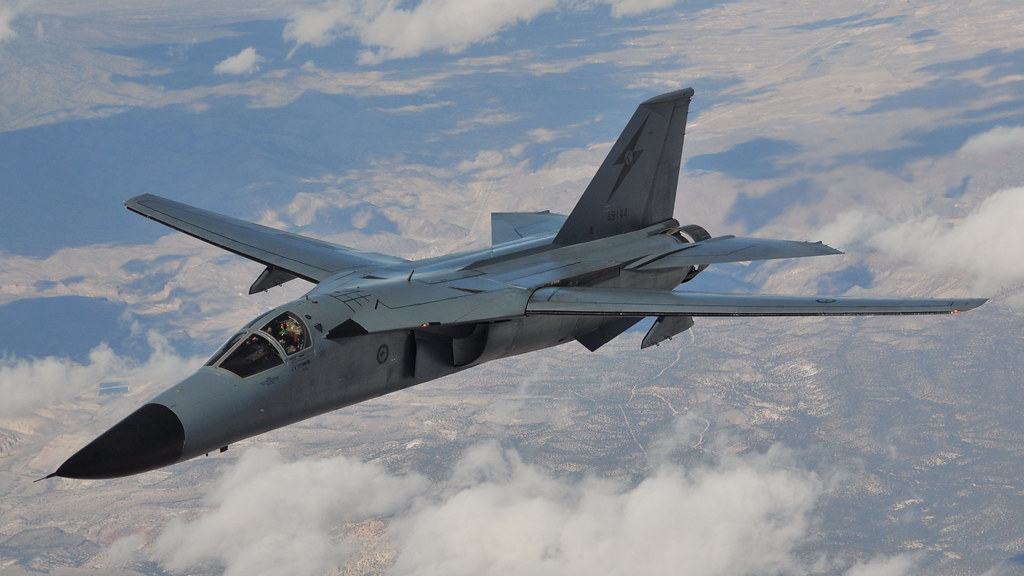
The Aardvark’s performance during its military career was impressive, with a staggering 4,000 missions flown over Indochina and an exceedingly low loss rate.
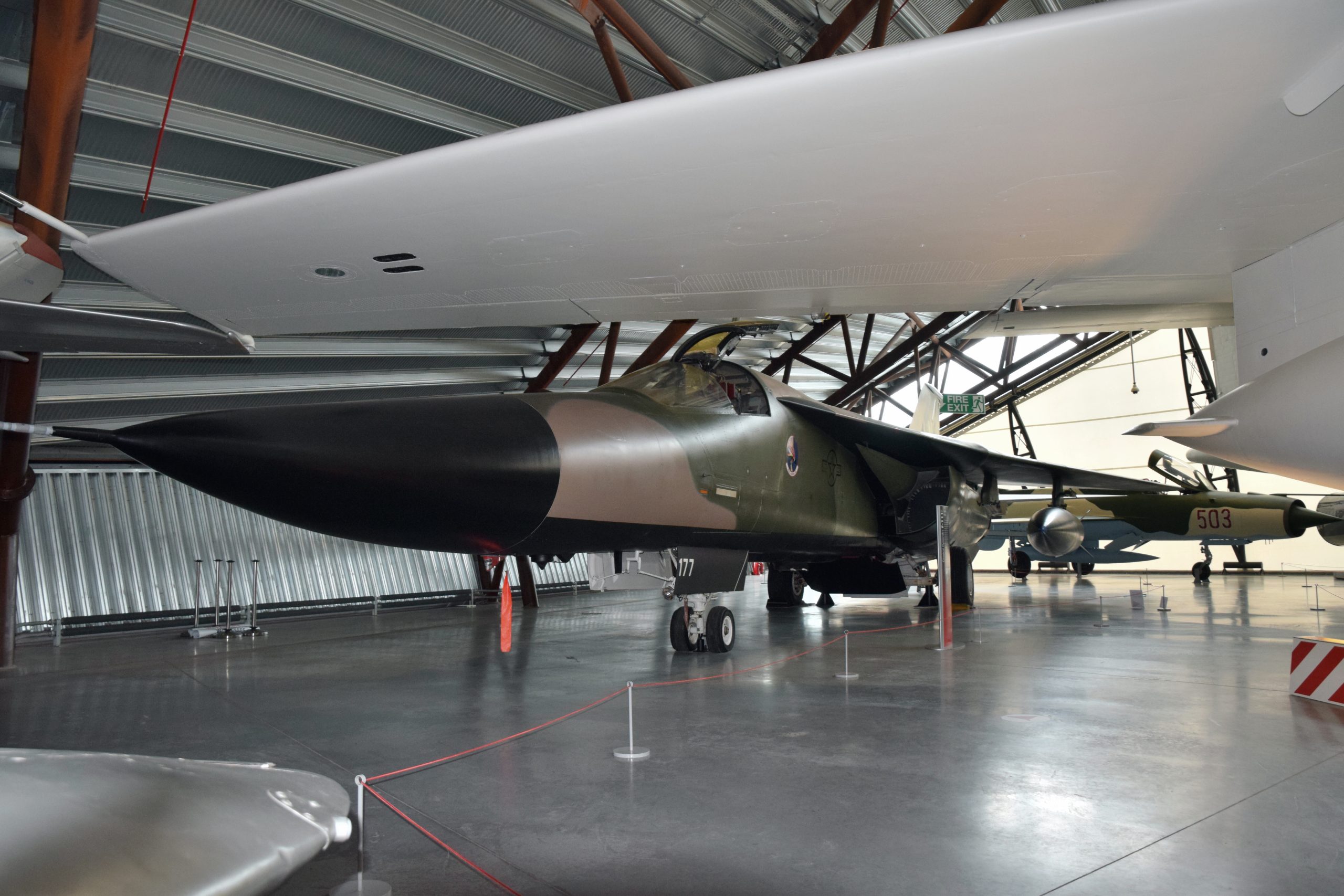
This record of service and the aircraft’s international adoption, notably by Britain and Australia, underscored its operational success and enduring legacy.
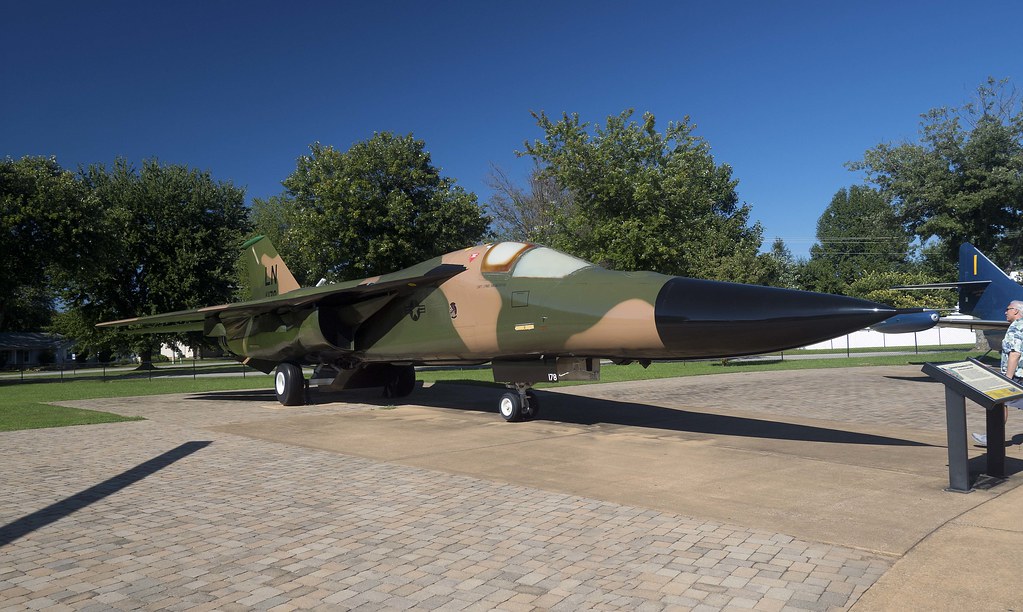
Yet the F-111’s story also has an ignominious chapter. The discovery of asbestos in its construction led to most units being buried, a stark contrast to the technological marvels they once represented.

While about twelve Australian Aardvarks were kept in museums, twenty-three of the jets ended up buried due to the use of asbestos in bonding the Aardvark’s fuselage.

The decision to bury the old jets was made as it was deemed a safer and more cost-effective method, marking a rather undignified conclusion for a pioneer in technology.

However, there is merit in developing aircraft that can outpace enemy defenses. With improved detection technology and the growing threat of anti-access/area denial (A2/AD) capabilities, the Pentagon should consider prioritizing speed over stealth in their next-gen fighters and bombers.
Relevant articles:
– F-111: The Air Force Warplane Built To Kill Everything (Everywhere), The National Interest
– F-111 Aardvark: The Warplane Built to Strike Just About Anything, The National Interest

